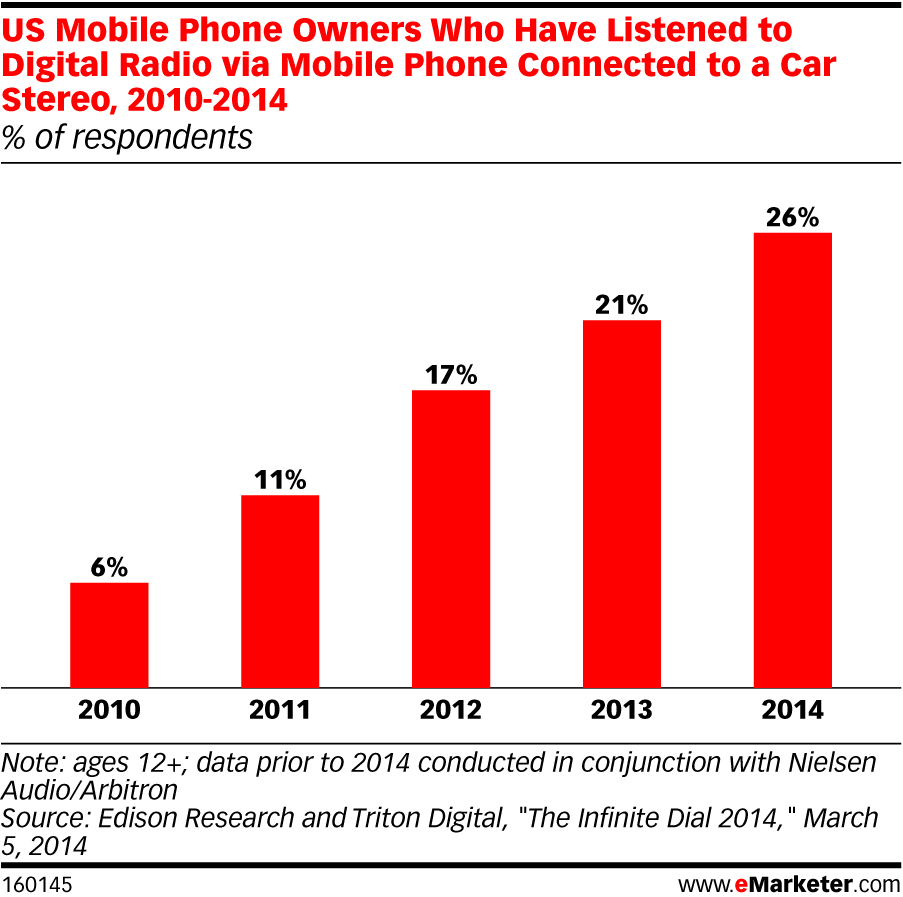Source: Adweek
Data measurement company ComScore released a report on digital viewership trends gleaned from a survey of 1,159 users, revealing some interesting insights about Netflix and the OTT industry.
Dominance Among Millennials
Of those surveyed, overall, 32% subscribed to Netflix. For comparison, 19% had Hulu, and 9% had Amazon Prime. More impressively, nearly 50% among millennials had a subscription to Netflix.
Well-supported By OTT Devices
44% of Netflix users watch through an OTT device like Chromecast or Roku. Add in the other 21% watching on alternative platforms such as gaming consoles or connected Blu-ray players, and that leaves just 27% of users watching Netflix directly on their computers.
Popular With Families
In addition, families with children are more likely to have a Netflix subscription. According to the survey, Netflix reached 25% of households with one to two people, and 40% of households with more than three.

